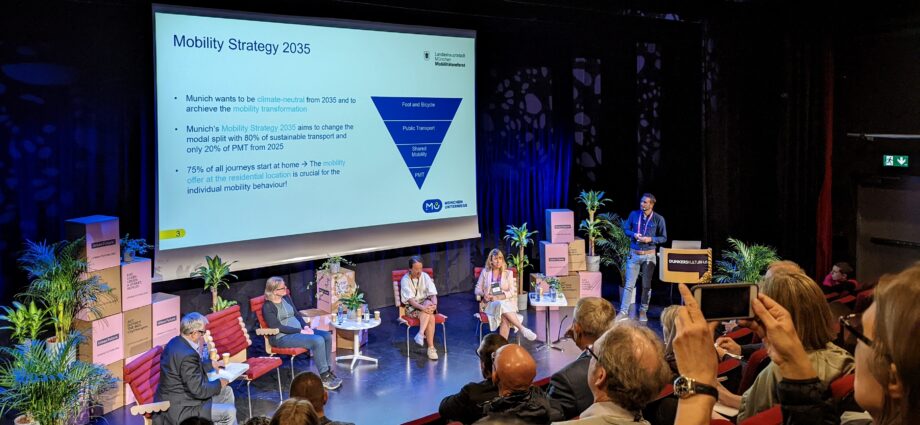By Doru Oprisan, Stockholm Correspondent at Pedestrian Space
The Urban Future conference just finished in Helsingborg,Sweden, after 3 days full of sessions, workshops, field trips and exchanging of ideas between urban planners, architects, entrepreneurs, administration officials, communication people and so on. They’re all called city changers, because that’s the obsession they have in common: to change cities for the better.
Read about the first day here.

On the second day, in a talk about boosting productivity, one of the speakers gave some inspiring examples from Copenhagen. In this case, productivity was in reference to the city’s ability to change and innovate and the examples were citizen-driven initiatives sponsored by the city, through a special fund. What made the difference here was that the man in charge of handing out these funds was an ex-Greenpeace activist with no patience for bureaucratic papers, calculations and so on. If the idea is crazy, but positive, he gives the people his support so they can try it out and he often solves the paperwork later. A nightmare for lawyers and accountants, but a refreshing way of working, if we look at the stiffness of cities worldwide, in a time when they need change almost overnight. The key here is having the right, passionate people.

Another session was about changing behaviors when it comes to mobility. There was an example about Stockholm offering free public transport tickets for children after the pandemic to boost the use of the service, which was underwhelming, I think, considering the high prices and the fact that they also didn’t lower them after the war in Ukraine started. It just seems to me they would rather move to electric cars than really encourage people to give up cars. Hopefully this will change soon.
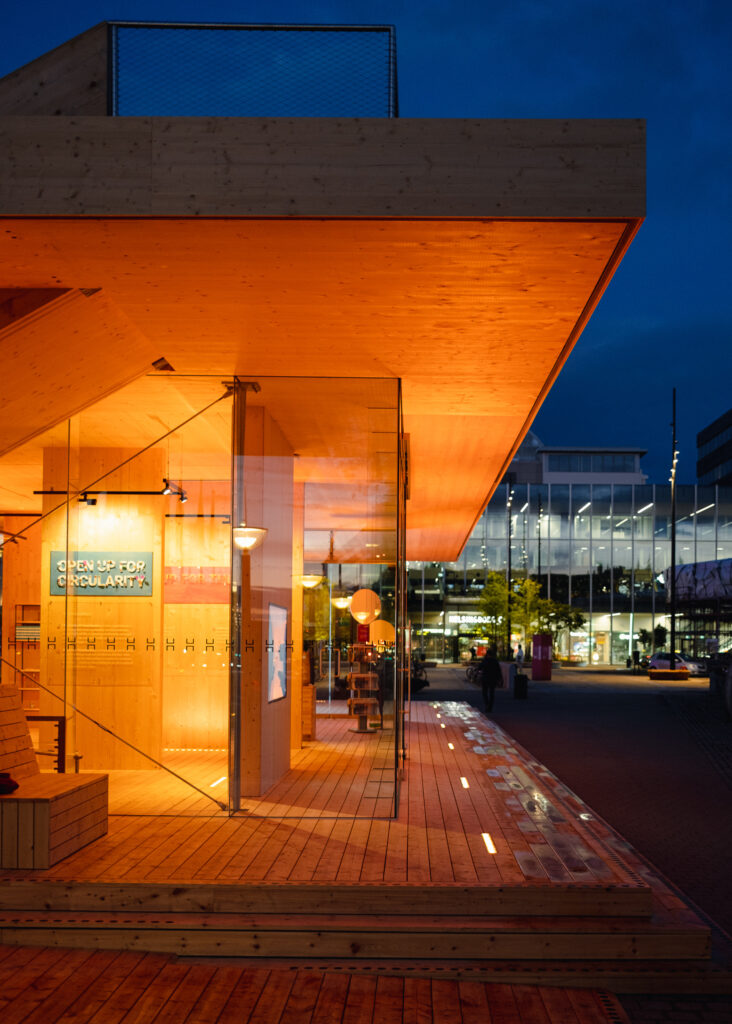
More interesting examples came from Munich, where they made it mandatory for new developers to integrate mobility solutions and they decreased the number of parking spaces per home from 1 to 0.6. Also, Munich not only has a Mobility department, but also a big team of marketing and communication inside of that. One of the things the team does is inform people of mobility options when they move to a new address: they send a letter and tell you that you can find bike-sharing here, car-sharing there and so on, and they also team up with providers to offer trial periods.
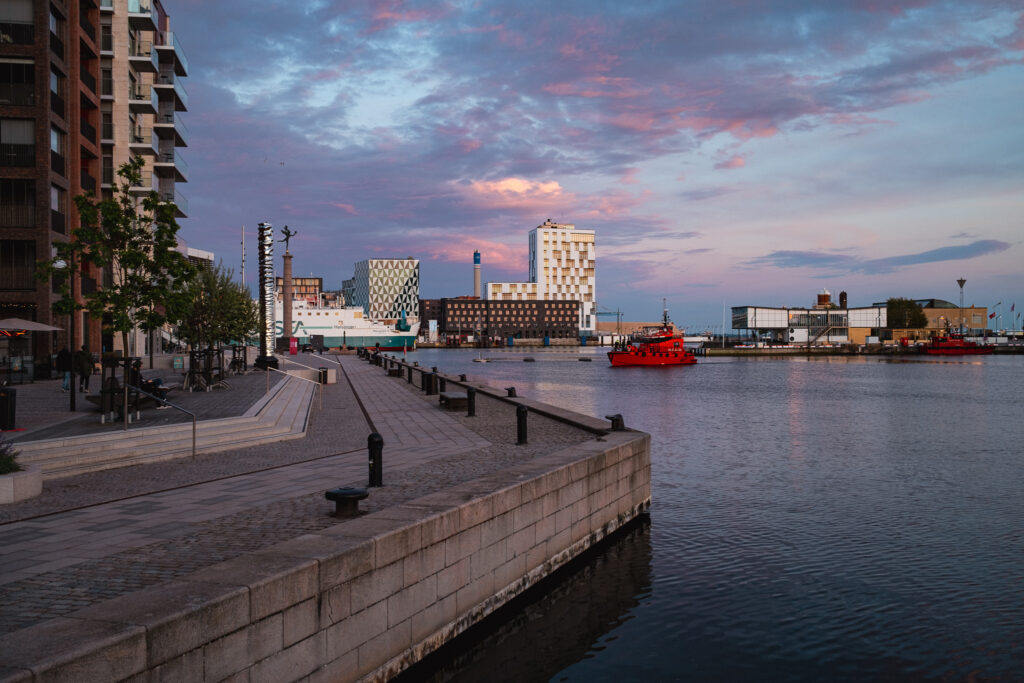
I think it is important for cities to try and educate and nudge people in the right direction when it comes to mobility. As long as this communication department is not used as a permanent election campaign platform, as it happened in recent years in Bucharest, where the administration paid commercials saying they were doing a great job, when, in reality, they were not.
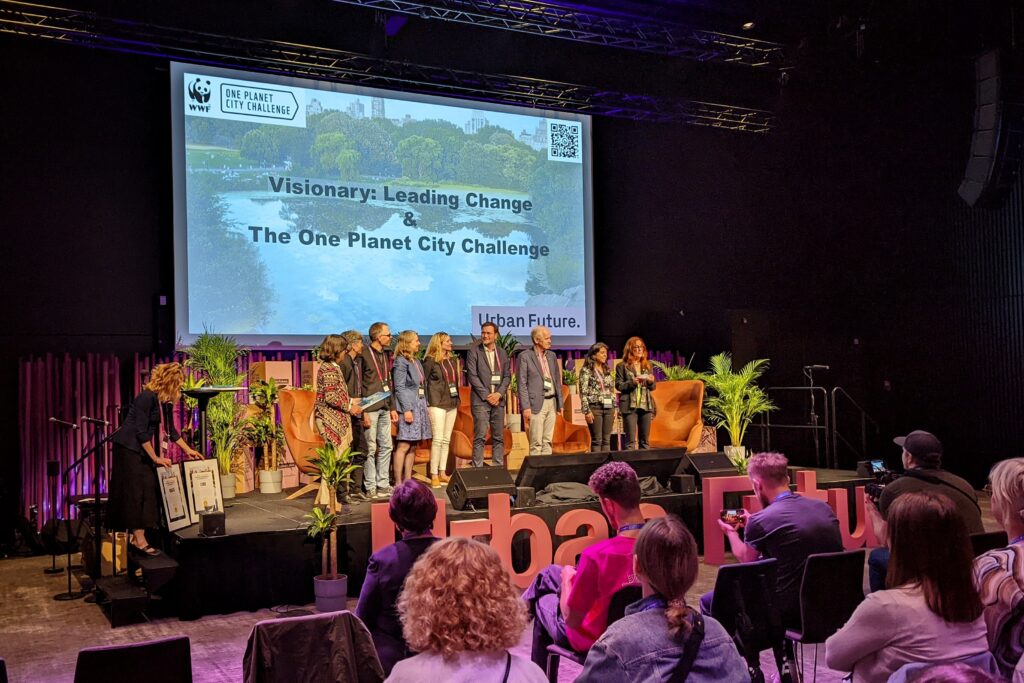
Anyway, the highlight of the second day was the moment when WWF announced the global winner of the One Planet City Challenge. This year it was the tenth edition of this initiative designed to mobilise cities to align with the climate goals of the Paris Agreement. For the first time the independent jury decided there should be two winners out of 280 participant cities: Bogota, Colombia and Lund, Sweden.
One interesting aspect is that it’s only for the second time that a mid-sized city wins this challenge, the other time being in 2018, when the winner was Uppsala, another Swedish city.
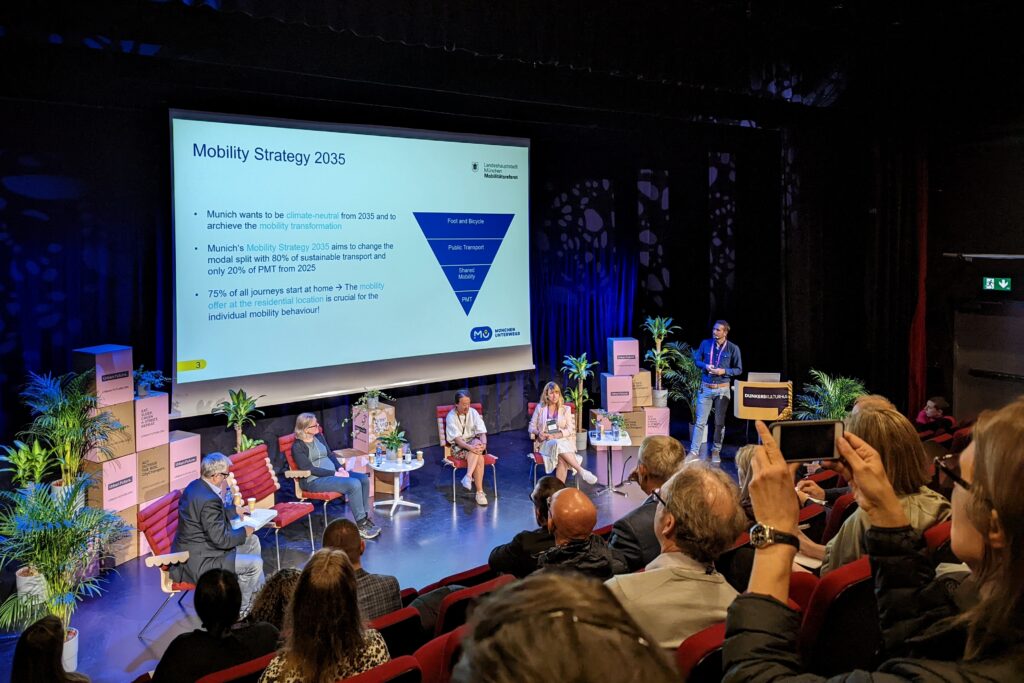
It’s notable that smaller cities can show leadership and adaptability in front of huge challenges. They might have smaller budgets, but it’s not strictly with finances that we can save the planet, but rather against them, if we look at how things went so far in our pursuit of financial gains. Plus, smaller cities can act quicker and can experiment faster thanks to their size, so maybe we’ll see more similar winners in the future.
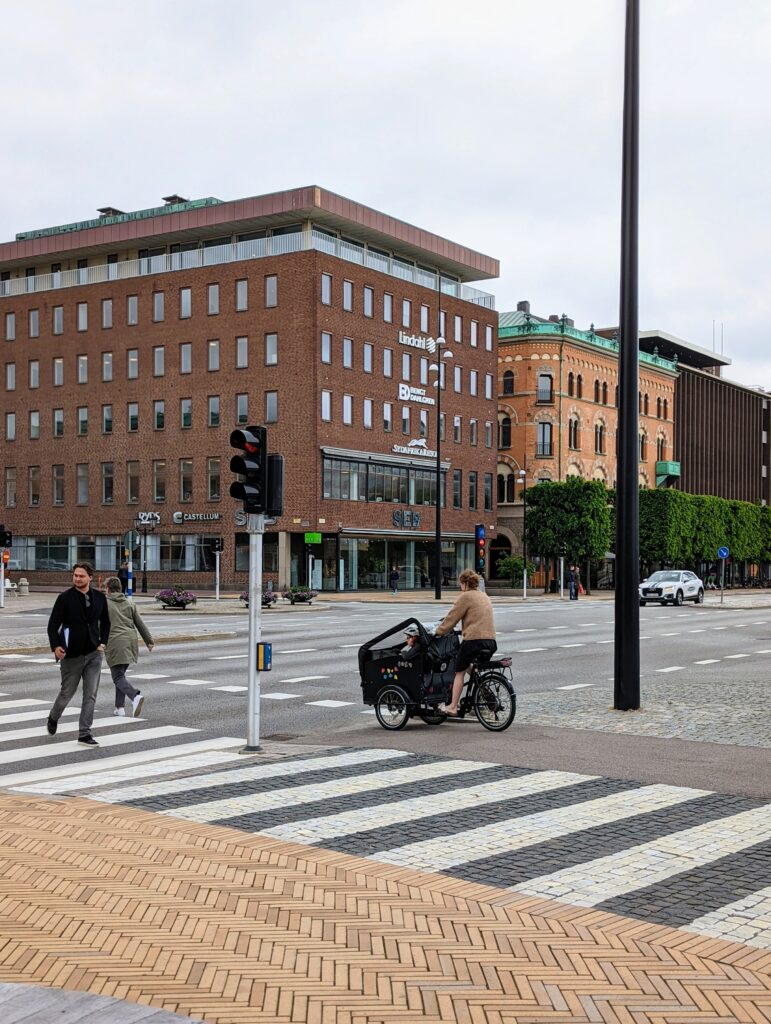
The city of Lund wants to be climate-neutral and fossil-fuel-free by 2030, and have zero emissions in 2045. Smartly, it has set milestones every 5 years, to keep track of the progress and to help with motivation. And we’re not talking about empty promises here, as Lund already delivered impressive results: it halved its emissions compared to 1990.
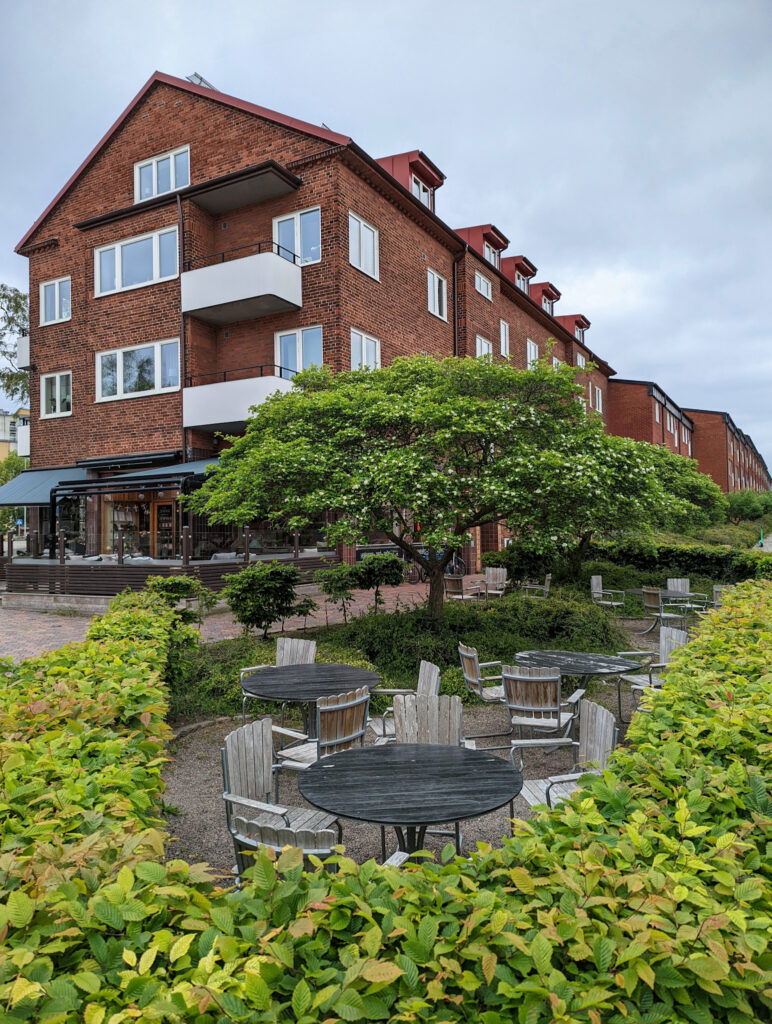
As for Bogota, the independent jury appreciated the political commitment to addressing the climate crisis, the assessment of risk and vulnerability of climate change, and its ambitious long-term adaptation goals.
The city has a roadmap with a 30-year vision to reduce emissions by 15% by 2024 and 50% by 2030, and to achieve carbon neutrality by 2050. There is also a plan that includes 30 major mitigation and adaptation actions, focused on increasing green areas, implementing nature-based solutions, promoting environmentally responsible production and consumption, sustainable mobility, and changing habits.
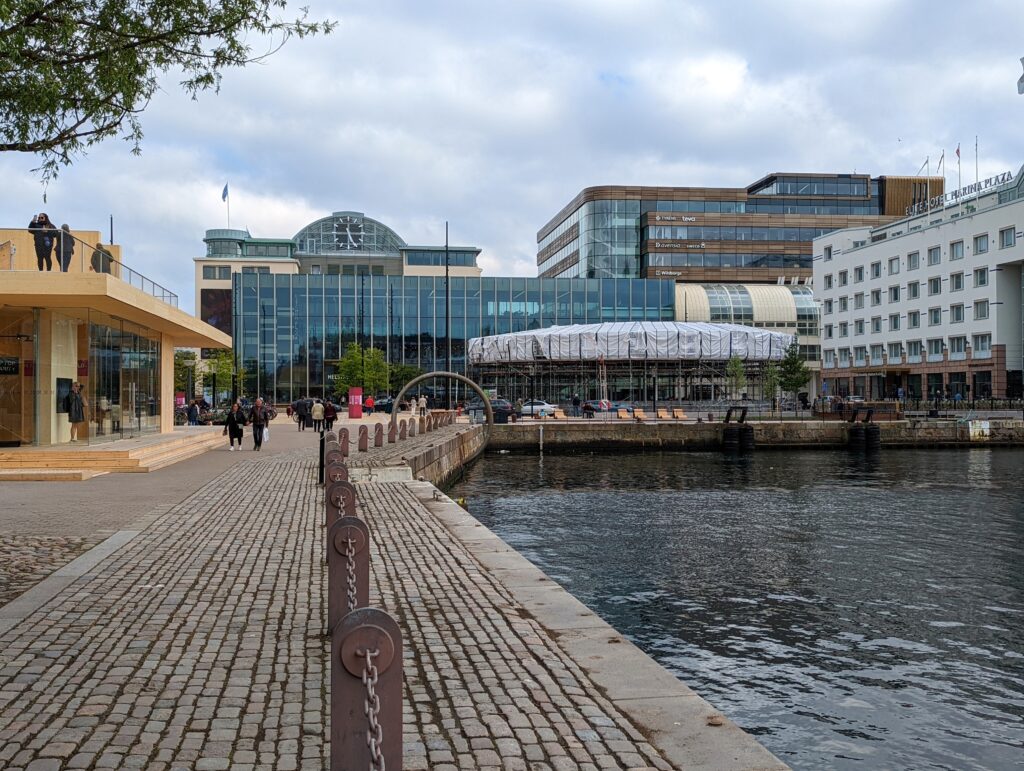
For the first time, a Climate Risk Assessment was presented to the public, showing how climate change affects the city and identifying the possible threats that could affect Bogota in the future.
And this is one competition where copying solutions is not only allowed, but encouraged. The whole point is for cities to inspire others to make similar changes or better.

Doru worked for many years as a radio journalist and a photographer in Bucharest, Romania, before recently moving to Stockholm, Sweden. The traffic situation was one of the reasons for the move, and it also pushed him into studying urban mobility. As a pedestrian and also a passionate cyclist, he is determined to use his communication and photo abilities to try and shift mindsets in a healthier direction while potentially carving a new career for himself.
Read Stockholm Correspondent Doru’s content here
Read about the Global Walkability Correspondents Network here

